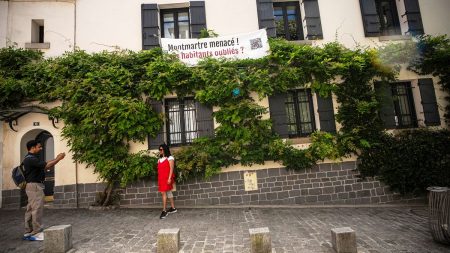Technology continues to revolutionize the way lost items are handled at airports and other public places. One major advancement is the use of tracking devices, such as RFID tags and Bluetooth technology, which allow owners to easily locate their lost belongings. These devices can provide real-time updates on the location of a lost item, making it easier for staff to reunite it with its owner. Additionally, advancements in scanning and database technology have made it easier to match lost items with their owners, reducing the time and effort required to locate and return lost belongings.
Another key development in lost item tracking is the use of mobile apps that allow travelers to report lost items and receive updates on their status. These apps can provide notifications when a lost item is found, allowing travelers to quickly retrieve their belongings. Some apps also offer the ability to track the progress of a lost item as it moves through the lost and found process, providing peace of mind to owners. By harnessing the power of smartphones and mobile technology, these apps have streamlined the process of reuniting lost items with their owners.
In addition to technology, airports and other public places have also implemented improved procedures for handling lost items. Many airports now have dedicated lost and found departments, staffed with trained personnel who are experienced in tracking down and returning lost belongings. These departments often have centralized databases and tracking systems in place to ensure that lost items are efficiently located and returned to their owners. By establishing clear protocols and employing skilled staff, airports can expedite the process of reuniting travelers with their lost items.
Despite these advancements, challenges still exist in the process of reuniting lost items with their owners. One major obstacle is the lack of standardized tracking systems across different airports and public places, making it difficult to transfer information about lost items between locations. Additionally, the sheer volume of lost items can overwhelm staff and delay the process of tracking down and returning belongings. To address these challenges, there is a need for greater collaboration and communication between airports, public places, and technology providers to ensure a seamless and efficient process for handling lost items.
Ultimately, the goal of technology and improved procedures for handling lost items is to reduce the time and effort required to reunite travelers with their belongings. By leveraging tracking devices, mobile apps, and centralized databases, airports and other public places can streamline the process of locating and returning lost items. Employing trained staff and clear protocols further enhances the efficiency of the lost and found process. As technology continues to advance, the future looks bright for travelers who find themselves separated from their belongings, with faster and more effective methods for reuniting lost items with their owners.
In conclusion, the combination of technological advancements and improved procedures has revolutionized the way lost items are handled at airports and other public places. Tracking devices, mobile apps, and centralized databases have made it easier for travelers to locate and retrieve their lost belongings. By implementing dedicated lost and found departments and employing trained staff, airports have streamlined the process of reuniting travelers with their lost items. Collaboration between airports, public places, and technology providers is essential to address challenges and ensure a seamless process for handling lost items. As technology continues to evolve, the future looks promising for travelers who find themselves separated from their belongings, with faster and more efficient methods for reuniting lost items with their owners.








